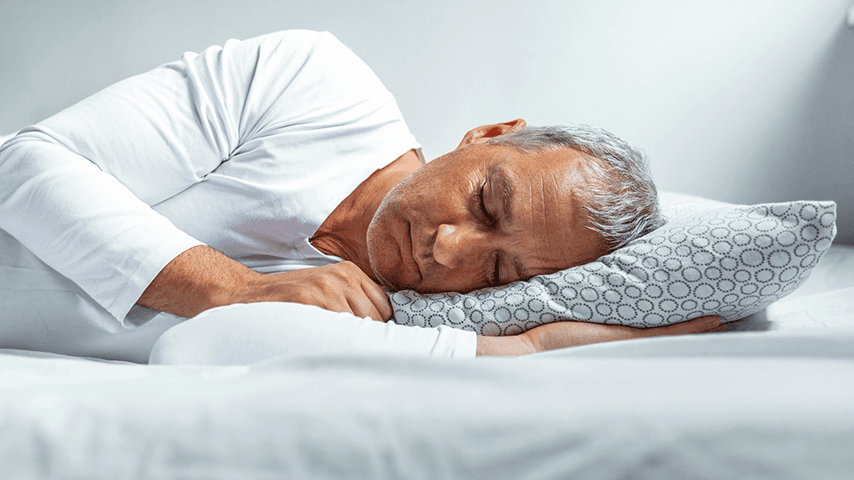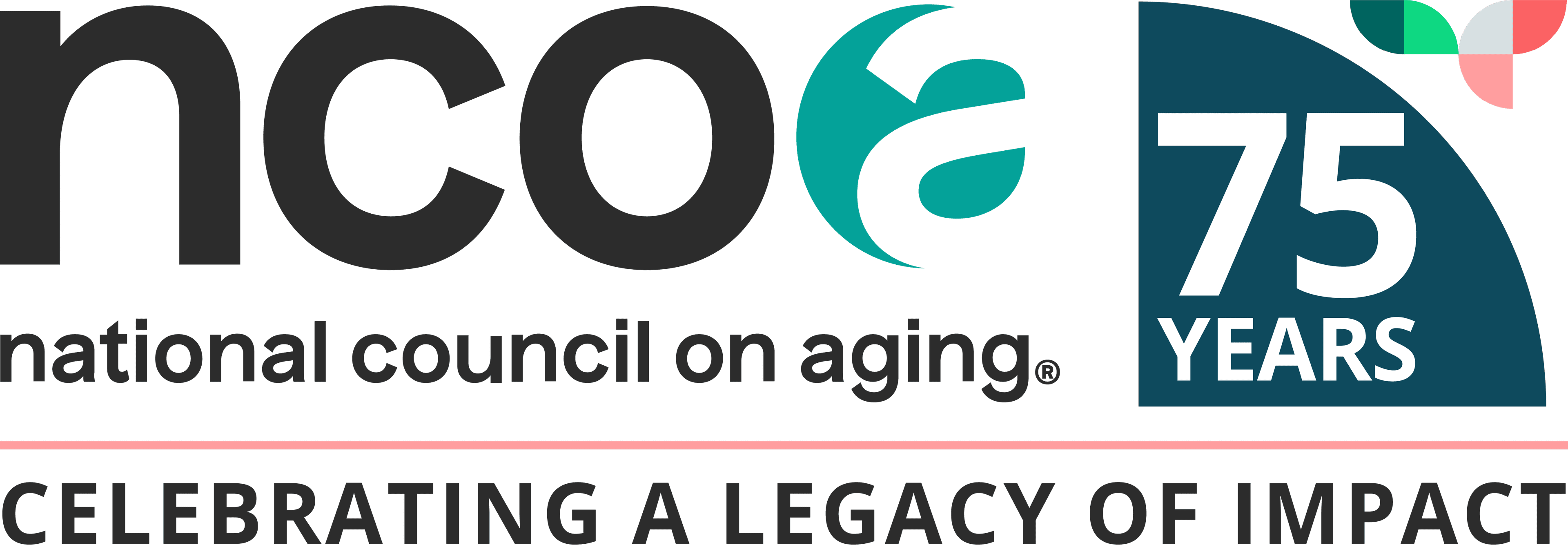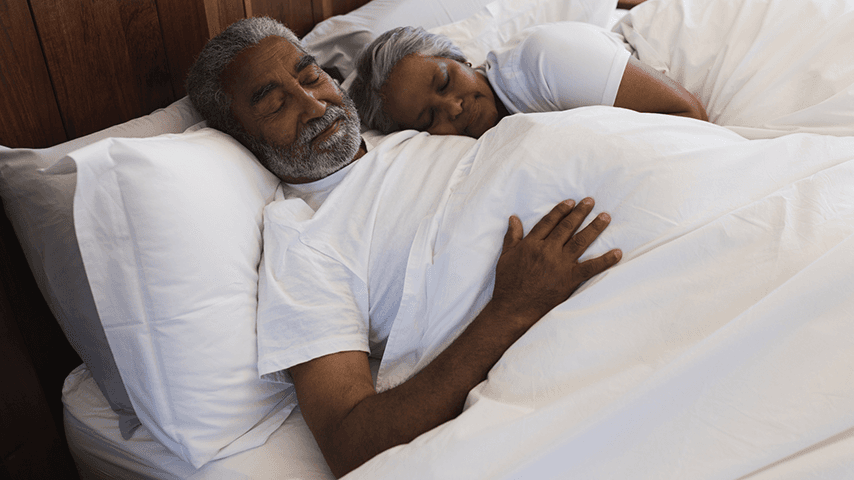
Related Topics
How’s your sleep these days? Are you sleeping too much? Too little? Waking up a lot? Napping during the day?
It can be hard to know what’s “normal” anymore. With so much to be anxious about—from the global economy to family finances, the next pandemic to personal health—it’s a wonder anyone sleeps at all. Still, it’s important that we pay attention to how much quality rest we do or don’t get day-to-day. Why? Because sleep can make or break our physical health, cognitive function, and emotional well-being. It even plays a role in how long we live.1
Knowing the facts about sleep can help ground our own experience and understand whether and how to improve it. Here are 20 interesting sleep stats and other useful information to start from.
Sleep: A brief overview
First, it’s useful to understand the four stages of the sleep cycle and why they’re important. These are:
- Stage 1: This is when you’re just starting to drift off. Your brain waves, heart rate, and muscle activity slow down. Stage 1 lasts between 1–7 minutes and falls into non-rapid eye movement (NREM) sleep.
- Stage 2: This is when you begin to enter deeper sleep. Your entire body starts to relax and your core temperature drops. Stage 2 lasts around 10–25 minutes and also is NREM sleep.
- Stage 3: This is when you get your deepest sleep. Your body, respiration (breathing), and mind are the most still they will be. Stage 3 lasts between 20–40 minutes and is NREM sleep.
- Stage 4: This is your “dream stage.” Your brain processes emotions, combines and makes sense of memories and knowledge, and builds stronger neural connections during rapid eye movement (REM) sleep. Stage 4 lasts between 10–60 minutes.
Together, these four stages make up one full sleep cycle. Each full sleep cycle lasts an average of 80–100 minutes before starting over.2 While everyone’s individual sleep pattern varies, it’s generally true that—in a given night where you achieve the ideal 7-9 hours of sleep—you’ll go through 4–6 sleep cycles.
Sleep and aging: Facts and statistics
Getting highly restorative sleep depends on progressing easily through each of the four stages without interruption.3,4 This becomes less likely as we age—and that can negatively impact our daily functioning and health. Consider that:
- Sleep disturbances are not a normal part of aging—but normal age-related changes to our circadian rhythm (body clock) can make it harder to fall and stay asleep.5
- Between 20–60% of older adults report taking daytime naps, often to make up for poor overnight sleep.6
- Polypharmacy (taking many prescription drugs) is linked to poor sleep; as many as 46% of Medicare enrollees take five or more medications.5
- Middle-aged adults who sleep fewer than six hours each night show brain changes that are linked to dementia and stroke risk.7
- A recent study of adults ages 61–86 reveals that just one night of bad sleep can speed up the aging process.1
Sleep duration: Facts and statistics
Contrary to popular belief, we don’t need less sleep than our younger counterparts.8 And yet, when we don’t get the recommended 7–9 hours each night, the negative consequences can be significant. Consider that:
- The older we get, the more likely we are to live with one or more conditions—like arthritis, nocturia (needing to pee at night), and sleep apnea—that make it harder to enjoy uninterrupted rest.5,9
- Social isolation and the lack of a regular daily schedule—both of which are common after retirement—can negatively impact the normal sleep-wake cycle.5
- Shortened sleep is linked to adverse cardiovascular events and even death from heart attack and stroke.10
- A study involving women age 70+ showed that getting fewer than five hours of sleep increases the risk for falls and fractures.9
- Men age 65+ whose sleep is interrupted or shortened demonstrate poorer physical functioning as measured by grip strength and gait speed.11
Sleep trouble: Facts and statistics
Being well rested is important for our health and longevity, no matter how old we are. Yet millions of people in the United States—women and men, children and adults—don’t sleep as well as they should. How does your sleep stack up? Check out these stats:
- Roughly 1 in 3 adults in the U.S. say they don’t get enough sleep each day.12
- As many as 70 million Americans struggle with ongoing sleep disorders.12
- Up to 25% of Americans suffer from excessive daytime drowsiness due to sleep deprivation.13
- Fewer than half of U.S. adults say they slept well the night before.14
- Close to 30% of American adults had trouble staying asleep the night before.14
Sleep and health: Facts and statistics
Sleep impacts health; and health impacts sleep. When one is poor, both can suffer. The good news? The opposite also is true. Getting good sleep boosts our mental and physical health which, in turn, helps us sleep better. Consider these interesting stats:
- People with more than one health condition are more likely to report getting fewer than six hours of sleep, having poor sleep quality, or both.8
- Poor sleep is a common symptom of depression; at the same time, depression can interrupt sleep, especially during Stage 4 REM.15
- Adults age 65+ are at high risk for developing sleep apnea—a serious disorder that can lead to chronic fatigue, heart disease, and Type 2 diabetes.16
- At least half of people with insomnia also suffer from chronic pain—and sleep disturbances are present in 67-88% of chronic pain disorders.17
- Men and women who regularly achieve good quality sleep add an extra 4.7 and 2.4 years to their lives, respectively.18
How to get better sleep
Do you struggle with poor sleep? Would you like to know how to sleep better? Start with something called sleep hygiene.
“Sleep hygiene” is a fancy term for a simple idea: clearing your mind, physical space, and nighttime routine of clutter that interferes with quality rest. Like most good habits, it takes time and dedication to build the best sleep hygiene practice you can. Take a look at the suggestions below and choose one or two easy ones to start with. Over time, these strategies can help you sleep as well as you can for as long as you can: important for a long and healthy lifespan.
- Maintain a consistent sleep schedule. Going to bed and getting up at the same time each day reinforces your body’s natural sleep cycles.
- Designate your bedroom for sleep. This trains your brain to associate one with the other. Keep the temperature comfortable and resist the urge to eat, work, or watch TV in bed.
- Avoid food and beverages close to bedtime. A full stomach can make it hard to fall asleep. Caffeine and alcohol can disrupt it. So can the need to urinate in the middle of the night.
- Resist the urge to “doomscroll.” Blue light from digital devices disrupts circadian rhythms, especially within an hour of turning in. And media consumption can be upsetting.
- Develop a nightly ritual. Help your body and mind to wind down by engaging in a quiet, soothing activity: taking a bath; writing in a journal; listening to some relaxing music.
- Manage sleep-related anxiety. If you awake in the middle of the night and can’t fall back asleep, don’t worry. Get up and try reading or another calm activity until you feel sleepy.
- Consider a new mattress. The average lifespan of a mattress is 8-10 years. If it's time for a new one, some mattresses are designed to be especially supportive for side sleeping (the most common sleep position) or designed to be mattresses for back pain.
If you consistently have trouble falling and staying asleep, and these tips and tricks don’t help, it may be time to talk to your health care team. Doctors often recommend cognitive behavioral therapy (CBT) to treat long-term insomnia. Cognitive behavioral therapy for insomnia (CBT-I) is a specific approach lasting six to eight weeks. It’s often effective in helping you fall asleep faster and stay asleep longer. CBT-I may include other sleep strategies, including meditation.
Finally, you also might consider upgrading your bedding. Some high quality mattresses can address issues, like back pain, that commonly interfere with our sleep.
Sources
1. American Academy of Sleep Medicine. Partial sleep deprivation linked to biological aging in older adults. Found on the internet at https://aasm.org/partial-sleep-deprivation-linked-to-biological-aging-in-older-adults/
2. National Heart, Lung, and Blood Institute. Sleep Phases and Stages. Found on the internet at https://www.nhlbi.nih.gov/health/sleep/stages-of-sleep
3. Eunice Kennedy Shriver National Institute of Child Health and Human Development. NIH. What happens during sleep? Found on the internet at https://www.nichd.nih.gov/health/topics/sleep/conditioninfo/what-happens
4. Carolyn Todd. REM Sleep is Magical. Here’s What the Experts Know. New York Times. Feb. 25, 2023. Found on the internet at https://www.nytimes.com/2023/02/25/well/mind/rem-sleep-benefits.html
5. Brienne Miner, et al. Sleep in the Aging Population. Sleep Medicine Clinics. March 1, 2018. Found on the internet at https://pmc.ncbi.nlm.nih.gov/articles/PMC5300306/
6. Zeyu Zhang, et al. Napping In Older Adults: A Review of Current Literature. Current Sleep Medicine Reports. Sept. 1, 2021. Found on the internet at https://pmc.ncbi.nlm.nih.gov/articles/PMC7992388/
7. Kristine Yaffe, MD, et al. Sleep Duration and White Matter Quality in Middle-Aged Adults. Sleep. Sept. 1, 2016. Found on the internet at https://academic.oup.com/sleep/article-abstract/39/9/1743/2708346
8. Rob Newsom. Aging and Sleep. Sept. 19, 2023. Found on the internet at https://www.sleepfoundation.org/aging-and-sleep#references-131849
9. Keisuke Suzuki, et al. Sleep disorders in the elderly: Diagnosis and management. Journal of General and Family Medicine. March 30, 2017. Found on the internet at https://pmc.ncbi.nlm.nih.gov/articles/PMC5689397/
10. Michael A. Grandner, et al. Sleep: Important Considerations for the Prevention of Cardiovascular Disease. Current Opinion in Cardiology. Sept. 1, 2017. Found on the internet at https://pmc.ncbi.nlm.nih.gov/articles/PMC5056590/
11. Thuy-Tien L. Dam, et al. Association between sleep and physical function in older men: the osteoporotic fractures in men sleep study. Journal of the American Geriatric Society. September 2008. Found on the internet at https://pubmed.ncbi.nlm.nih.gov/18759758/
12. National Heart, Lung, and Blood Institute. What Are Sleep Deprivation and Deficiency? Found on the internet at https://www.nhlbi.nih.gov/health/sleep-deprivation
13. Danielle Pacheco. Managing Excessive Daytime Sleepiness. Jan. 16, 2024. Found on the internet at https://www.sleepfoundation.org/excessive-sleepiness
14. John Elflein. Sleeping problems reported by adults in the U.S. as of 2022, by age. June 1, 2022. Found on the internet at https://www.statista.com/statistics/1310931/sleeping-problems-reported-by-adults-us-by-age/
15. Sheng Tu Hong Fang, et al. Depression in sleep disturbance: A review on a bidirectional relationship, mechanisms and treatment. Journal of Cellular and Molecular Medicine. Feb. 7, 2019. Found on the internet at https://onlinelibrary.wiley.com/doi/full/10.1111/jcmm.14170
16. Mayo Clinic. Sleep Apnea. April 6, 2023. Found on the internet at https://www.mayoclinic.org/diseases-conditions/sleep-apnea/symptoms-causes/syc-20377631
17. Patrick H. Finan, PhD, et al. The Association of Sleep and Pain: An Update and a Path Forward. The Journal of Pain. December 2023. Found on the internet at https://www.jpain.org/article/S1526-5900(13)01199-1/fulltext
18. American College of Cardiology. Getting Good Sleep Could Add Years to Your Life. Feb. 23, 2023. Found on the internet at https://www.acc.org/About-ACC/Press-Releases/2023/02/22/21/35/Getting-Good-Sleep-Could-Add-Years-to-Your-Life



